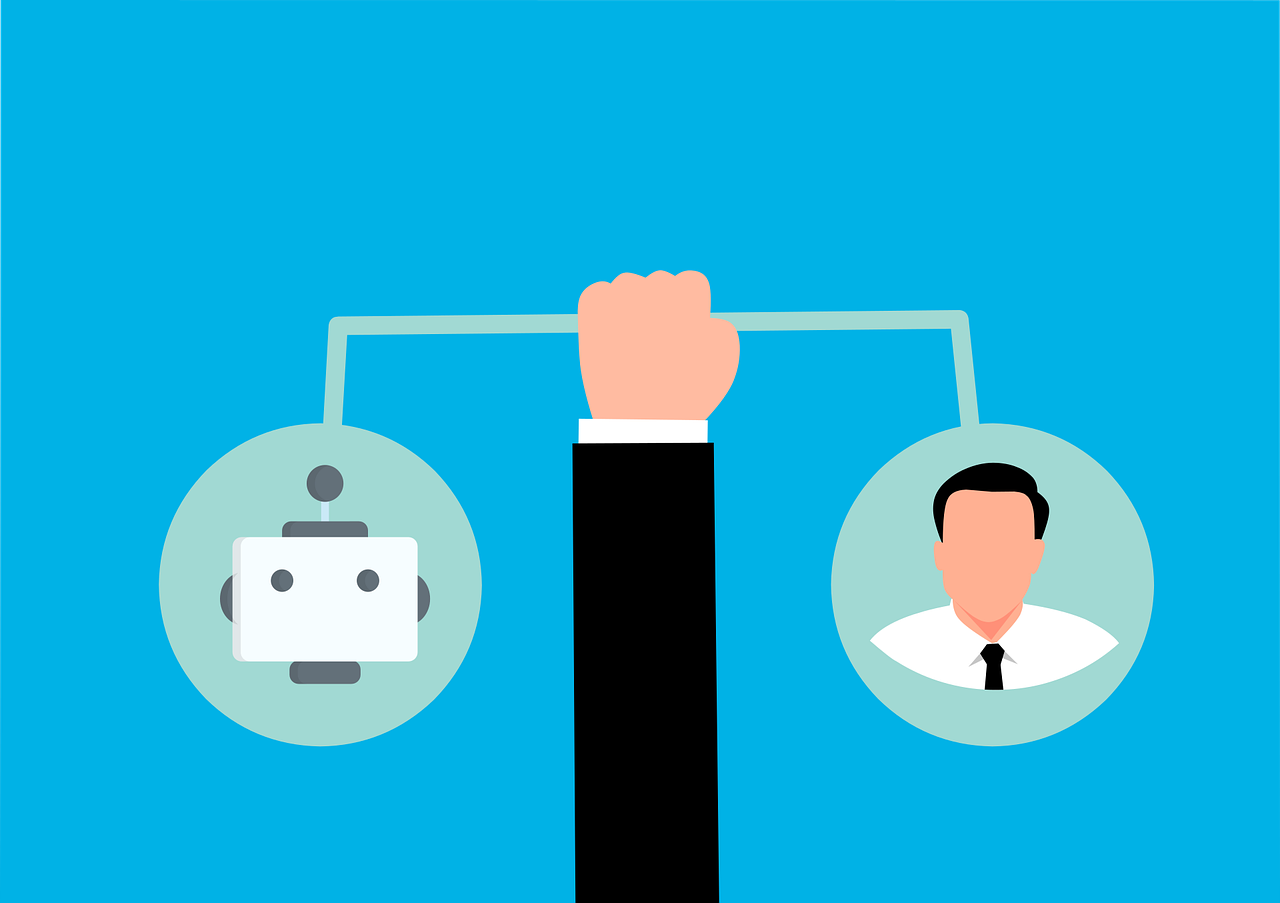Revision, one of the most crucial (but time-consuming) steps in the translation delivery process, may clog document production flows. Depending on source complexity and translation quality, this stage may take almost as long as the original translation.
For decades, CAT tools and Machine Translation (MT) have been slashing turnaround times throughout the industry, despite the need for Machine Translation Post-Editing. Combining combines the sensitivity of human translation with the speed of machine output, the MTPE approach uses professional translators and editors to review machine-translated content and translation memory matches, thus ensuring high-grade output.
More Accuracy through Cutting-Edge Technology
Reversing this workflow, the latest technological approaches are based on upgrading text quality through Automatic Post-Editing (APE) and Translation Error Correction (TEC) systems. Here’s how they work:
- Automatic Post-Editing adds an extra step to rule-based machine translation systems, designed to fix typical repetitive errors and thus reduce post-editing efforts by up to a third. It focuses mainly on the fluency errors that characterize up to 74% of sentences in machine translations.
- Translation Error Correction is intended to replicate phrase-level corrections done by human reviewers on human-translated texts. Although still in its infancy, TEC can handle a broad distribution of human errors, ensuring greater translation fluency.
Talent + Technology Lead to Translation Fluency
In a recent (June 2022) study, professional reviewers accepted 79% of the TEC corrections, which alerted them to repeated errors in repetitive content, with shorter review times. However, customization and domain adaptation were both critical to the performance of this experimental system.
Based on the findings of the professional translators involved in this study, TEC might well be the next leap forward in translation workflow automation. Like all AI systems, its accuracy increases over time, enhancing its potential to streamline the production of translations with significantly higher quality.
Takeaway
Looking toward the future of AI and human interactions, automated translation-error correction systems offer tantalizing glimpses into the future. Actively scouting for new opportunities to weave machines and people seamlessly into its language services, Trusted Translations is perfectly positioned to blend the best of these hard and soft skills into top-quality output, with even tighter turnaround times.
Image by Mohamed Hassan from Pixabay






